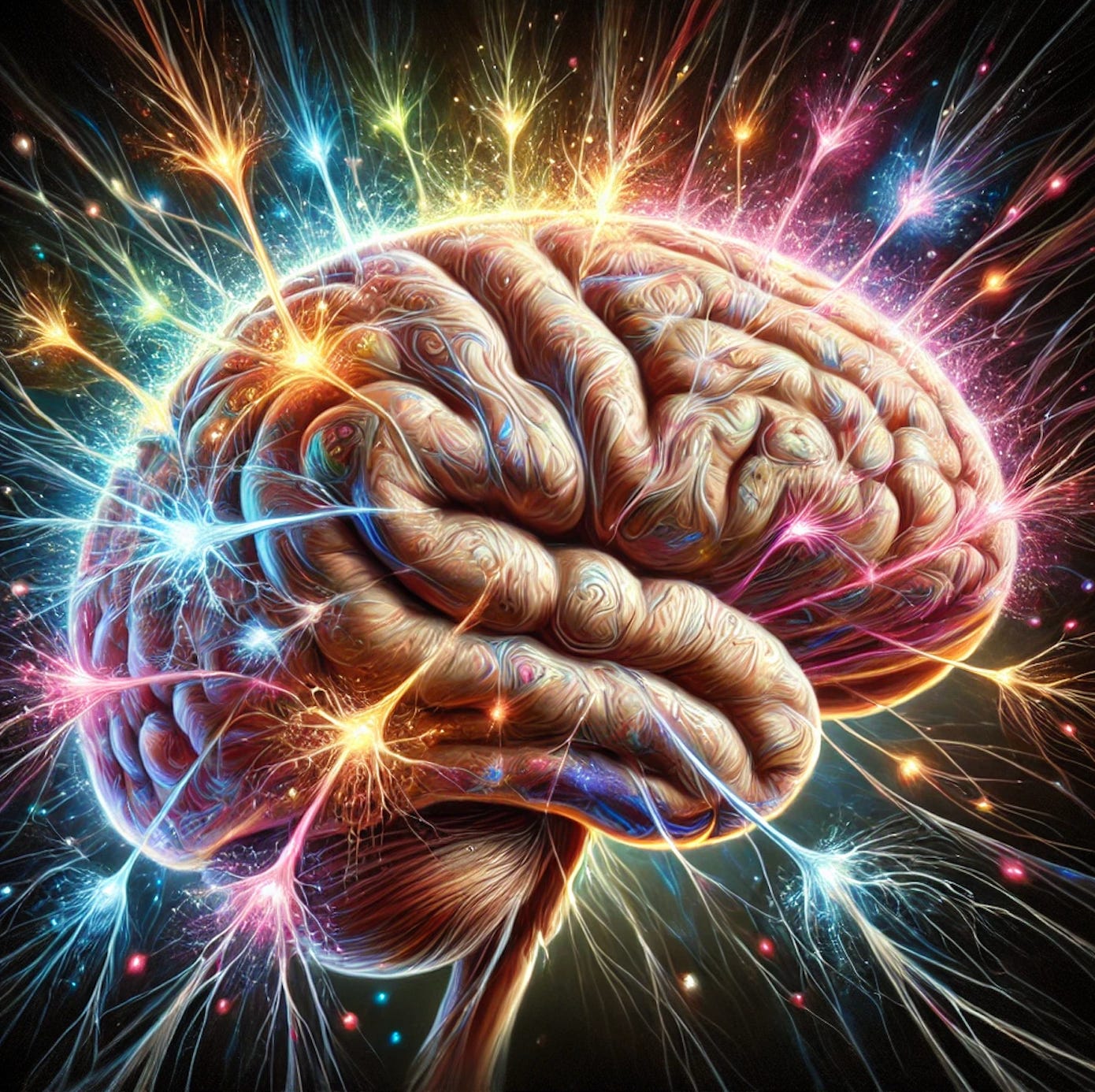We live in a world of mind-boggling complexity. And speaking of the mind, let’s start there, since it gives us a good idea of just how complex living organisms and systems are. According to the latest estimate, we are born with around 86 billion neurons in our brain, and this stays roughly the same throughout our lives.
Neurons are tiny nerve cells that transmit information using electrical and chemical signals in the brain. The pathways or conduits of those electrochemical signals are called synapses. By comparison, a fruit fly has 100,000 neurons, a cat has 250 million, a chimpanzee 7 billion, and an elephant 257 billion.
Synapses in the brain are a great example of complexity, which in scientific terms means relationships or connections between parts in a system. At birth, each neuron has about 2,500 synapses, and by age three, when toddlers’ learning is accelerating, there are about 15,000 synapses per neuron.
The youngsters are literally making new connections and detecting meaningful patterns about the world around them, which is reflected in the brain’s activity. Over time, this settles back to about 1,000 synapses per neuron, meaning that there are trillions of synapse connections in the average human brain. And each synapse can be firing anything between 1 and 200 times per second.
If that’s all a bit mind-blowing, that’s exactly the point. Leaving aside our brains (which some of us have been known to do from time to time), there are countless other biological and social systems in the world, each with unimaginable numbers of connections. That’s complexity for you, in a walnut-brain shell.
From Thriving: The Breakthrough Movement to Regenerate Nature, Society and the Economy



